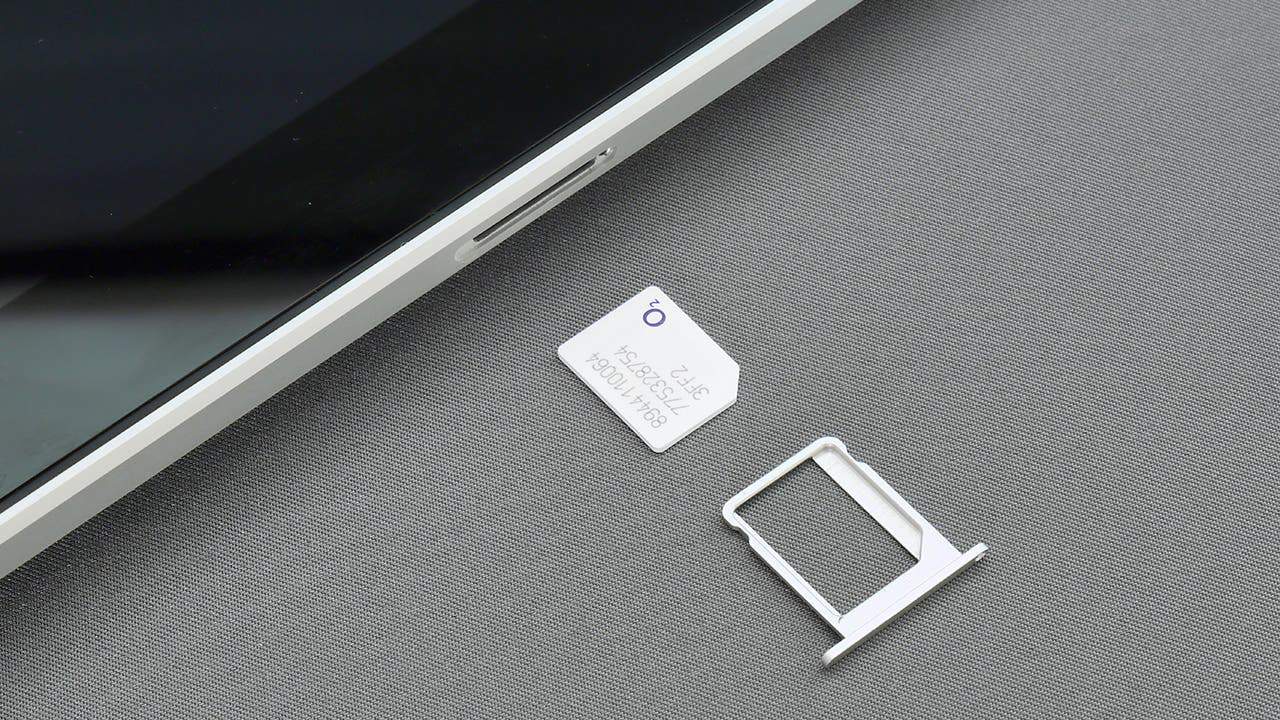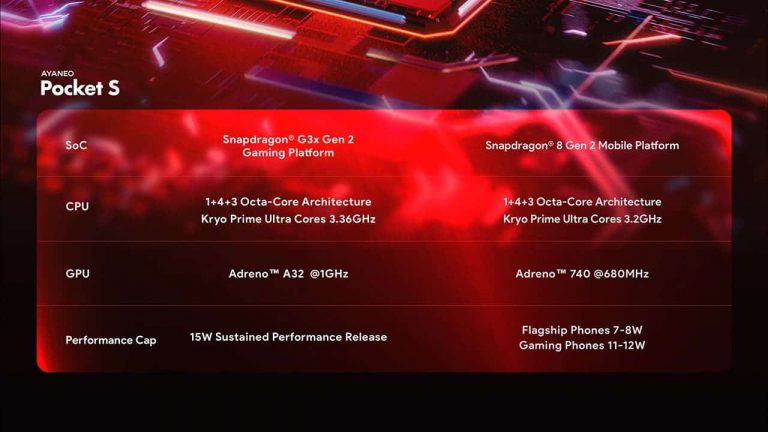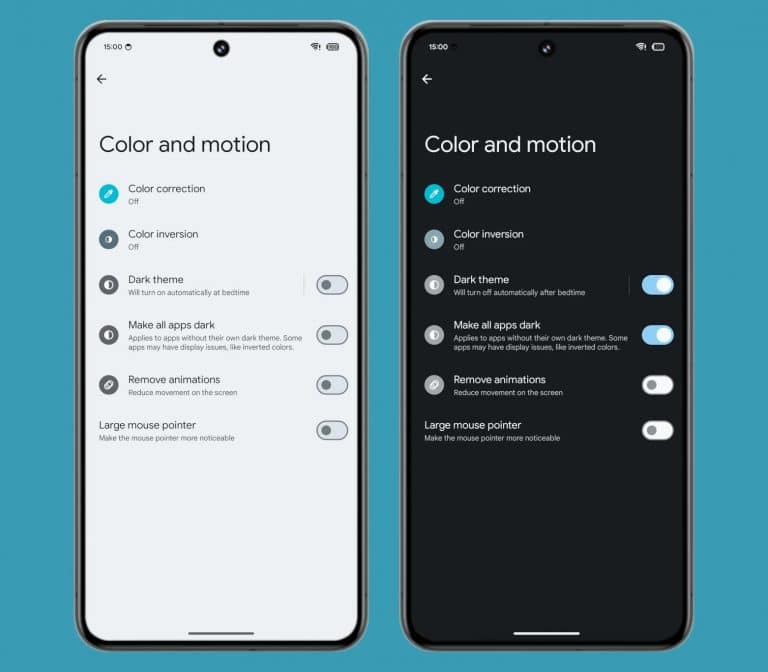Accessible on both iPhone and Android devices, the eSIM has become a standard feature provided by nearly all mobile operators. Below is a comprehensive overview covering everything you need to know about eSIM.
As the iPhone 14 adopts a complete eSIM approach in the United States, an increasing number of smartphone manufacturers are ensuring compatibility with eSIM while still allowing for the insertion of a physical SIM card.
If you find yourself navigating through this new technology and wish to understand how to leverage its benefits or determine whether your phone supports it, here is a guide to unravel all aspects of the virtual SIM. The topic is more straightforward than it may appear and could potentially streamline your daily life. Join the trend.
What is an eSIM?
So, an eSIM, short for Embedded SIM, is a technology found in relatively recent smartphones that eliminates the need for a physical SIM card to connect to the network and make calls. Essentially, it functions as a SIM card without requiring a physical card.
Introduced in 2016, with broader deployment in 2020, the eSIM is progressively becoming a standard feature. If you’re considering adopting this solution, the first step is to confirm whether your smartphone is compatible and if your mobile operator provides an eSIM plan. It’s important to note that eSIM usage typically involves a distinct package or an option offered by the mobile operators.
Which smartphones are compatible with eSIM?
Before delving into pricing details with your preferred carrier, it’s crucial to determine if your current smartphone or the one you intend to purchase is compatible with eSIM. To assist you, here is a list of prominent smartphones capable of supporting eSIM functionality in 2023 (spoiler alert: these are frequently high-end models). It’s worth noting that only a few manufacturers incorporate this option across a broad spectrum of their phone offerings.
Android
So, for Android devices, the following smartphones are compatible with eSIM:
– Fairphone 4
– Fairphone 5
– Honor Magic 5 Pro
– Honor Magic 4 Pro
– Google Pixel 8, Pixel 8 Pro, Pixel 7 Pro, Pixel 7, Pixel 7a, Pixel 6 Pro, Pixel 6, Pixel 6a, Pixel 5, Pixel 4, Pixel 4a, Pixel 4 XL, Pixel 3, Pixel 3 XL, Pixel 3a, Pixel 3a XL
– Oppo Find X3 Pro, Find X5 Pro, Find N2 Flip
– OnePlus 11
– Samsung Galaxy Z Flip 4, Z Flip 3, Z Fold 5, Z Flip 5, Z Fold 2, Z Fold 3, Z Fold 4, Z Fold 5
– Samsung Galaxy A54, Galaxy S20, S20+, S20 Ultra, S21, S21 Plus, S21 Ultra, S22, S22 Plus, S22 Ultra, S23, S23 Plus, S23 Ultra, S24, S24 Plus, and S24 Ultra
– Sony Xperia 10 III, Sony Xperia 10 IV, Sony Xperia 1 IV
– Vivo X90 Pro
– Xiaomi 12T Pro, Xiaomi 13T Pro
iOS
On iOS (iPhone), the following iPhones support eSIM:
– iPhone 13, iPhone 13 mini, iPhone 13 Pro, iPhone 13 Pro Max
– iPhone 14, iPhone 14 Plus, iPhone 14 Pro, iPhone 14 Pro Max
– iPhone-15, iPhone 15 Plus, iPhone 15 Pro, iPhone 15 Pro Max
– iPhone SE 2020 and iPhone SE 2022
Tablets
Certainly, for tablets, compatibility with eSIM is often found in iPads and Windows convertibles equipped with ARM chips. Specifically, iPads offering an eSIM model include:
– 11-inch iPad Pro (from 1st generation)
– 12.9-inch iPad Pro (3rd generation and up)
– iPad Air (from 3rd generation)
– iPad (from 7th generation)
– iPad-mini (from 5th generation)
Smartwatches
Connected watches also come with eSIM compatibility, typically found in the 4G versions that are priced higher than those relying solely on WiFi connectivity.
In most cases, your smartphone acts as a 4G antenna for the connected watch. The utilization of an eSIM on a smartwatch is designed for individuals seeking independence, allowing the watch to function autonomously without being paired with a smartphone.
Due to relatively low demand, not all operators offer plans for connected watches, despite an increasing number of manufacturers incorporating this feature. Some operators are the only providers offering mobile plans for connected watches, while others do not provide such plans. The ongoing development of eSIM technology in smartphones is expected to facilitate its integration into various types of devices in the coming years.
The latest models of 4G-compatible connected watches include:
– Apple Watch Series 9
– Apple Watch Series 8
– Apple-Watch Series 7 Cellular
– Apple Watch SE (2022) Cellular
– Apple Watch Ultra
– Samsung Galaxy Watch 6
– Galaxy Watch 5
– Galaxy Watch 5 Pro
– Samsung Galaxy Watch 4 and Watch 4 Classic in their 4G versions
– Huawei Watch 3
– Fossil Gen 5 LTE
– Oppo Watch 4G
– Mobvoi TicWatch Pro 3 Ultra
Gizchina News of the week
How to activate the eSIM on an Android or iPhone?

Activating the eSIM card on both Android and iPhone devices is a straightforward process. Here’s a general guide:
For Android Devices:
1. After subscribing to an operator’s plan with eSIM or requesting a transfer from a physical SIM card, the operator will provide you with a QR code.
2. Open the “SIM card manager” menu on your Android device, then select “Add a mobile plan.” (This procedure may vary slightly based on the brand and model of your Android device; for Samsung, this option is often available.)
3. Use your device’s camera to scan the provided QR code.
4. If the QR code doesn’t work, your operator will provide two manual codes to enter on your phone.
5. Once the eSIM is configured, enter the default PIN code (usually 0000).
6. Restart your phone, and the eSIM should be active.
7. Confirm the activation in your customer area, as operators may request this step.
For iPhone:
1. Subscribe to an operator’s eSIM plan or request a transfer from a physical SIM card.
2. The operator will provide you with a QR code.
3. Navigate to “Settings” on your iPhone, then select “Cellular” and choose “Add Cellular Plan.”
4. Scan the QR code using your iPhone’s camera.
5. If the QR code isn’t effective, enter the two manual codes provided by your operator.
6. After configuring the eSIM, enter the default PIN code (usually 0000).
7. Restart your iPhone to activate the eSIM.
8. Confirm the activation in your customer area, as operators may require this verification.
It’s important to note that specific steps may vary slightly depending on the brand and model of your Android device, and the exact menu options may differ. Always follow the instructions provided by your operator for the most accurate guidance.
How to delete or transfer an eSIM?
Deleting or transferring an eSIM involves specific steps, and the process may vary depending on your mobile operator. Here’s a general guide:
1. Remove the eSIM from the old mobile by accessing the eSIM configuration menus. For Samsung, this might be “SIM card manager,” and for Apple, it could be “Cellular data.”
2. In the menu where you configured your eSIM, select the plan you want to delete.
3. Follow the prompts to remove the eSIM from the old mobile.
4. Scan the QR code again with the new mobile from the customer area of your mobile operator.
So, it’s crucial to follow the specific instructions provided by your mobile operator, as the steps can vary. Some operators may require additional verification steps to ensure the security of the transaction, such as receiving a confirmation SMS.
Also, always consult the customer area or contact the customer support of your specific mobile operator for the most accurate guidance on deleting or transferring an eSIM.
What is the difference between SIM and eSIM?

So, the primary difference between a SIM (Subscriber Identity Module) card and an eSIM (Embedded SIM) lies in the physical form and installation process:
-
Physical Form:
- SIM Card: Traditional SIM cards are physical, removable cards that are inserted into a slot in your device, typically in various sizes like standard, micro, or nano SIM cards.
- eSIM: An eSIM, on the other hand, is embedded directly into the device during manufacturing and cannot be physically removed or replaced like a traditional SIM card.
-
Space Occupied:
- SIM Card: Traditional SIM cards, especially in nano format, take up relatively more space in the device (12.3 x 8.8 mm).
- eSIM: eSIMs are significantly smaller, occupying less space in the device (around 6 x 5 mm).
-
Installation Process:
- SIM Card: To change or install a traditional SIM card, you typically use an extractor tool to remove the physical card from the device and replace it with a new one.
- eSIM: Changing an eSIM plan doesn’t require physical intervention. Instead, users can switch plans by installing the eSIM profile on the device. This can be done electronically, simplifying the process without the need for a physical card swap.
-
Hardware Feature:
- SIM Card: Traditional SIM cards are a separate, removable piece of hardware that can be added or replaced.
- eSIM: The eSIM is a built-in hardware feature, and a device needs to have eSIM capabilities from the start. It cannot be added to devices that don’t already have this feature.
In summary, while both SIM cards and eSIMs serve the same purpose of identifying and connecting a device to a mobile network, the main differences lie in physical form, space occupied, and the installation process. Also, the eSIM offers the advantage of being embedded and smaller, providing more flexibility in terms of plan changes without the need for physical card swaps.
Via: gizchina.com










